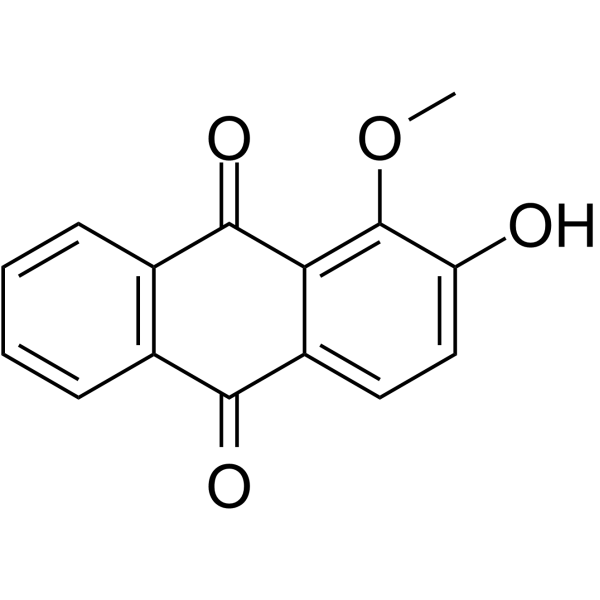Signaling Pathways
The antibody-drug conjugate (ADC), a humanized or human monoclonal antibody conjugated with highly cytotoxic small molecules (payloads) through chemical linkers, is a novel therapeutic format and has great potential to make a paradigm shift in cancer chemotherapy. The three components of the ADC together give rise to a powerful oncolytic agent capable of delivering normally intolerable cytotoxins directly to cancer cells, which then internalize and release the cell-destroying drugs. At present, two ADCs, Adcetris and Kadcyla, have received regulatory approval with >40 others in clinical development.
ADCs are administered intravenously in order to prevent the mAb from being destroyed by gastric acids and proteolytic enzymes. The mAb component of the ADC enables it to circulate in the bloodstream until it finds and binds to tumor-specific cell surface antigens present on target cancer cells. Linker chemistry is an important determinant of the safety, specificity, potency and activity of ADCs. Linkers are designed to be stable in the blood stream (to conform to the increased circulation time of mAbs) and labile at the cancer site to allow rapid release of the cytotoxic drug. First generation ADCs made use of early cytotoxins such as the anthracycline, doxorubicin or the anti-metabolite/antifolate agent, methotrexate. Current cytotoxins have far greater potency and can be divided into three main groups: auristatins, maytansines and calicheamicins.
The development of site-specific conjugation methodologies for constructing homogeneous ADCs is an especially promising path to improving ADC design, which will open the way for novel cancer therapeutics.
References:
[1] Tsuchikama K, et al. Protein Cell. 2016 Oct 14. DOI:10.1007/s13238-016-0323-0.
[2] Peters C, et al. Biosci Rep. 2015 Jun 12;35(4). pii: e00225. doi: 10.1042/BSR20150089.
Targets for Signaling Pathways
- Proteases(29)
- Apoptosis(824)
- Chromatin/Epigenetics(15)
- Metabolism(336)
- MAPK Signaling(26)
- Tyrosine Kinase(73)
- DNA Damage/DNA Repair(49)
- PI3K/Akt/mTOR Signaling(38)
- Microbiology & Virology(42)
- Cell Cycle/Checkpoint(168)
- Ubiquitination/ Proteasome(24)
- JAK/STAT Signaling(10)
- TGF-β / Smad Signaling(21)
- Angiogenesis(59)
- GPCR/G protein(3)
- Stem Cell(19)
- Membrane Transporter/Ion Channel(161)
- Cancer Biology(366)
- Endocrinology and Hormones(152)
- Neuroscience(367)
- Obesity, Appetite Control & Diabetes(17)
- Peptide Inhibitors and Substrate(2)
- Other Signal Transduction(156)
- Immunology/Inflammation(934)
- Cardiovascular(98)
- Vitamin D Related(0)
- Antibody-drug Conjugate/ADC Related(0)
- PROTAC(212)
- Ox Stress Reagents(24)
- Others(4010)
- Antiparasitics(6)
- Toxins(62)
Products for Signaling Pathways
- Cat.No. Product Name Information
-
GC49823
2′-C-β-Methylguanosine
An active nucleoside metabolite of BMS-986094

-
GC67384
2′-Deoxy-β-L-uridine
2'-Deoxy-β-L-uridine is a nucledside analogue and a specific substrate for the viral enzyme, shows no stereospecificity against herpes simplex 1 (HSV1) thymidine kinase (TK). 2′-Deoxy-β-L-uridine exerts antiviral activity via the interation of 5'-triphosphates with the viral DNA polymerase.
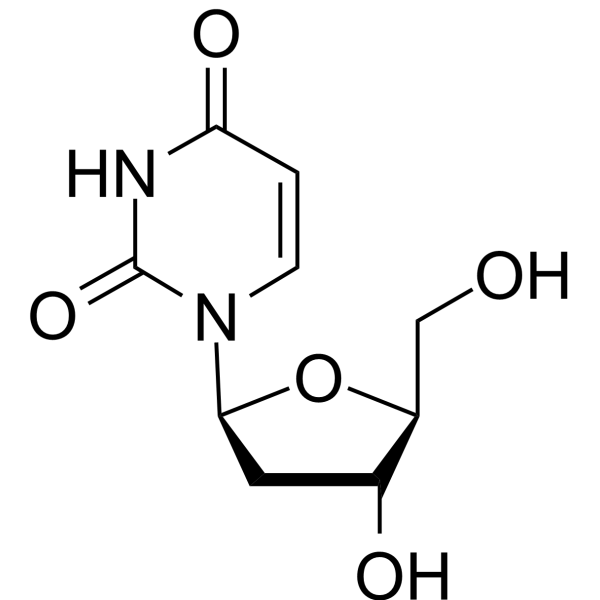
-
GC61667
2′-Deoxy-2′-fluoroadenosine
2′-Deoxy-2′-fluoroadenosine can be used for thesynthesisof 2′-Deoxy-2′-fluoro-modified oligonucleotides hybridized with RNA. 2′-Deoxy-2′-fluoroadenosine can be cleaved efficiently by E. coli purine nucleoside phosphorylase (PNP) to the toxic agent 2-fluoroadenine (FAde). 2′-Deoxy-2′-fluoroadenosine shows excellent in vivo activity against tumors expressing E. coli PNP.
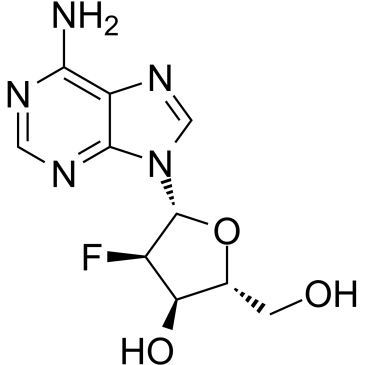
-
GC61931
2′-Deoxy-2′-fluoroguanosine
2′-Deoxy-2′-fluoroguanosine, a nucleoside analog, is a potent inhibitor of influenza virus strains, with an EC90 of <0.35 μM for influenza virus A and B strains.
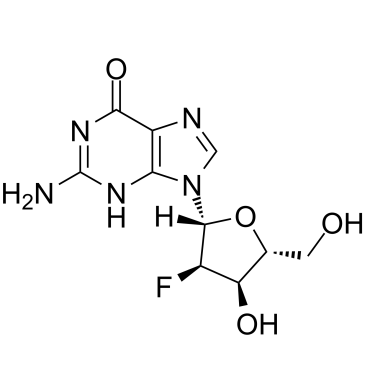
-
GC64738
2′-Deoxyadenosine 5′-monophosphate disodium
2′-Deoxyadenosine 5′-monophosphate disodium, a nucleic acid AMP derivative, is a deoxyribonucleotide found in DNA.
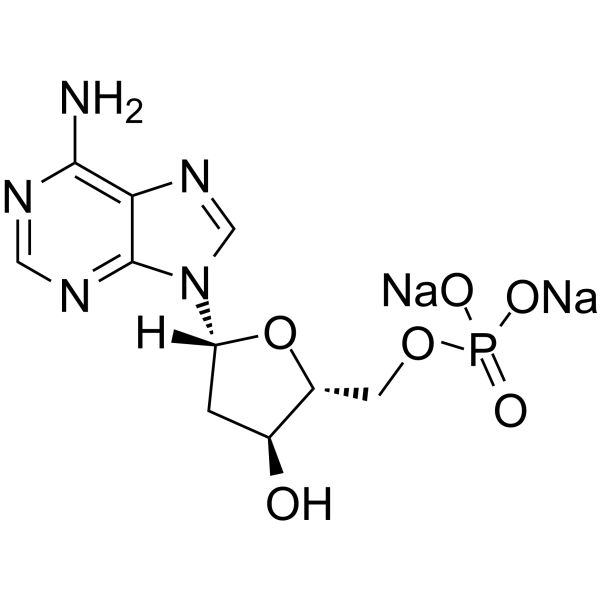
-
GC49514
2′-Deoxyuridine-d2
An internal standard for the quantification of 2’-deoxyuridine

-
GC61936
2′-O-(2-Methoxyethyl)adenosine
2′-O-(2-Methoxyethyl)adenosine is a compound can be used in the synthesis of oligonucleotides.
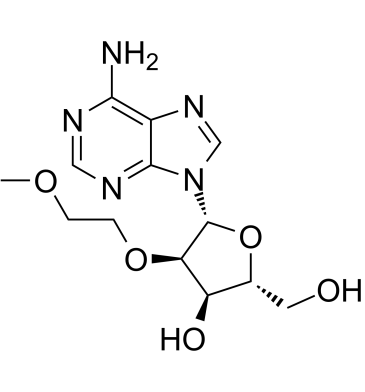
-
GC48873
2′-O-Methylcytidine
An inhibitor of HCV NS5B

-
GC61699
2′-O-Methyluridine
2'-O-methyluridine is found in rRNA, snRNA, snoRNA and tRNA of Archaea, Bacteria, and Eukaryota.
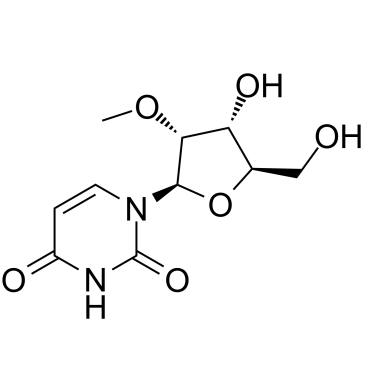
-
GC64389
2’-Deoxy-5-formylcytidine
2’-Deoxy-5-formylcytidine is an effective internal triplet photosensitizer in DNA.
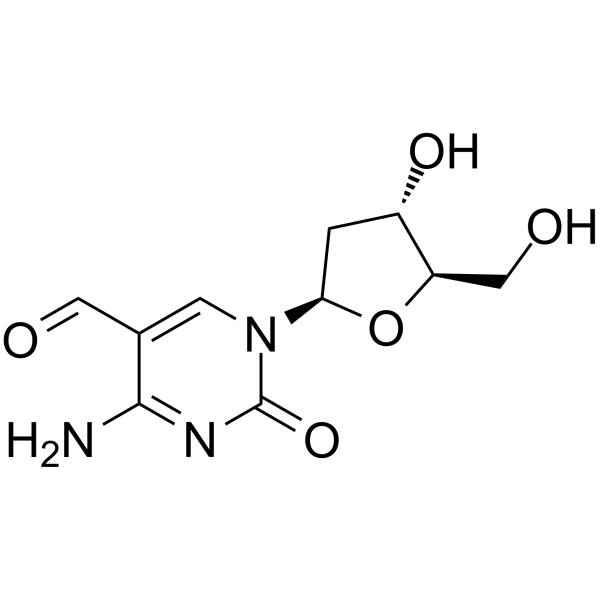
-
GC52122
2’-Deoxyadenosine-5’-diphosphate (sodium salt)
A nucleotide diphosphate

-
GC62772
2’-Deoxyadenosine-5’-triphosphate trisodium
2’-Deoxyadenosine-5’-triphosphate trisodium (dATP trisodium) is a nucleotide used in cells for DNA synthesis (or replication), as a substrate of DNA polymerase.
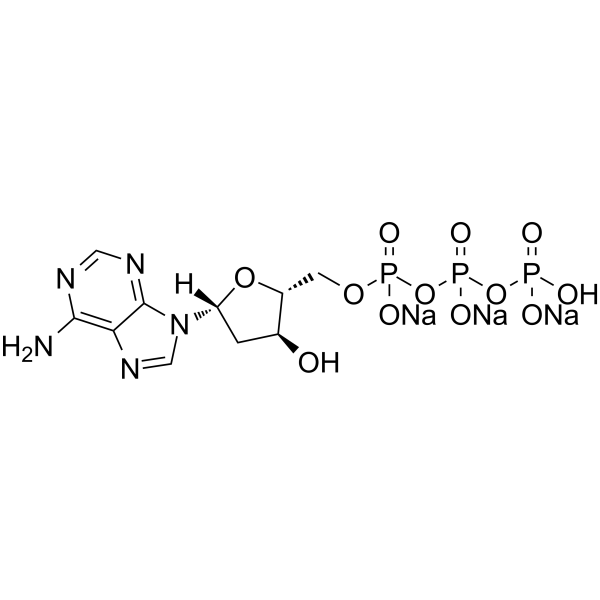
-
GC62774
2’-Deoxyguanosine 5’-monophosphate disodium
2’-Deoxyguanosine 5’-monophosphate disodium (5′-dGMP disodium) is a mononucleotide having guanine as the nucleobase.
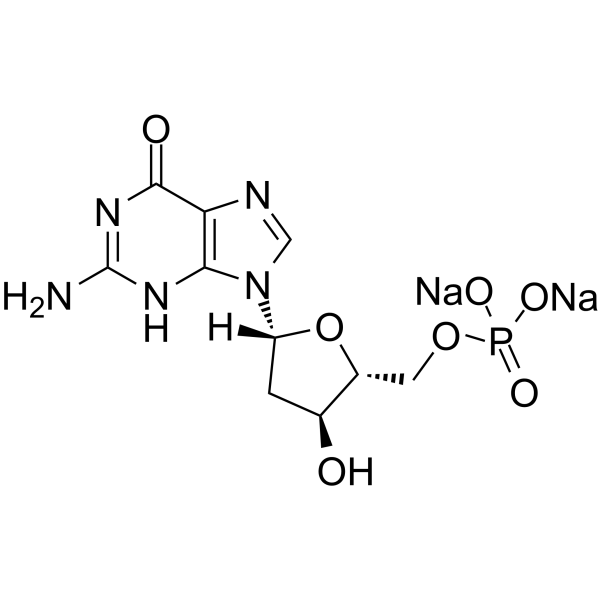
-
GC64400
2’-Hydroxy-5’-methylacetophenone
2’-Hydroxy-5’-methylacetophenone belongs to the class of organic compounds known as alkyl-phenylketones.
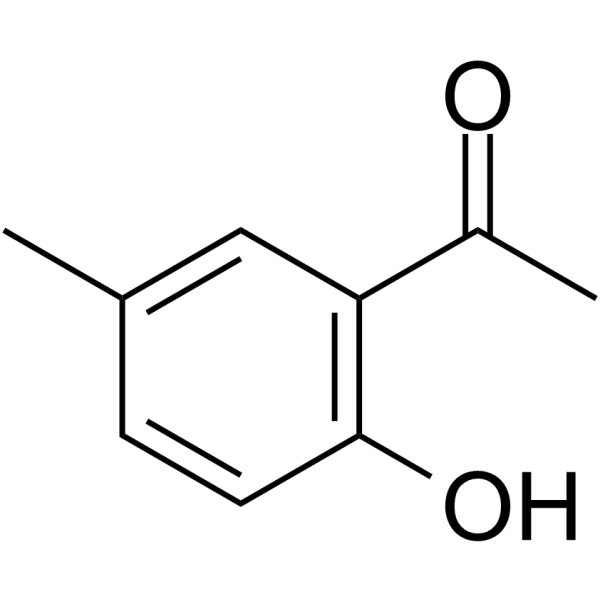
-
GC62530
2’-O-Me-C(Bz) Phosphoramidite
2’-O-Me-C(Bz) Phosphoramidite is a modified phosphoramidite monomer, which can be used for the oligonucleotide synthesis.
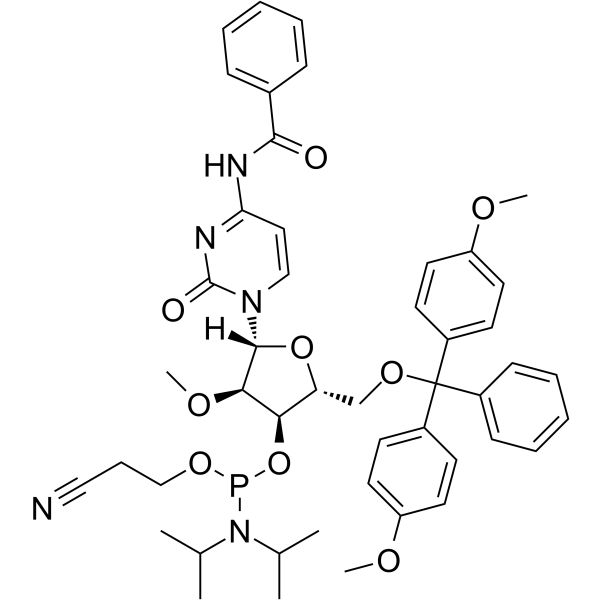
-
GC62529
2’-OMe-A(Bz) Phosphoramidite
2’-OMe-A(Bz) Phosphoramidite is a modified phosphoramidite monomer, which can be used for the oligonucleotide synthesis.
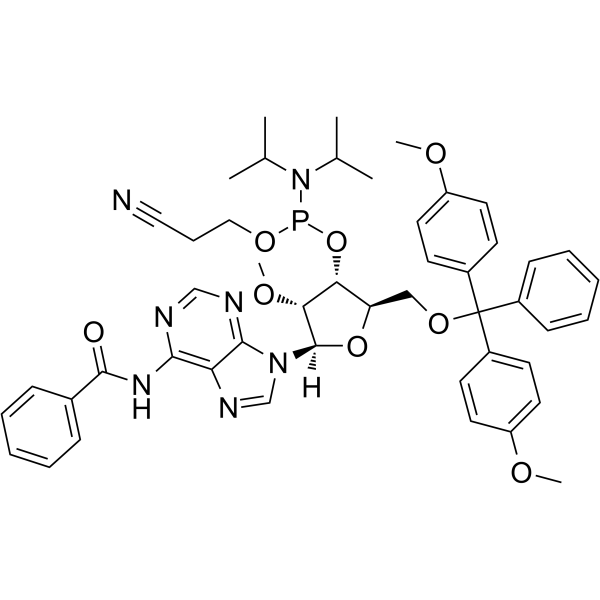
-
GC62531
2’-OMe-G(ibu) Phosphoramidite
2’-OMe-G(ibu) Phosphoramidite is a modified phosphoramidite monomer, which can be used for the oligonucleotide synthesis.
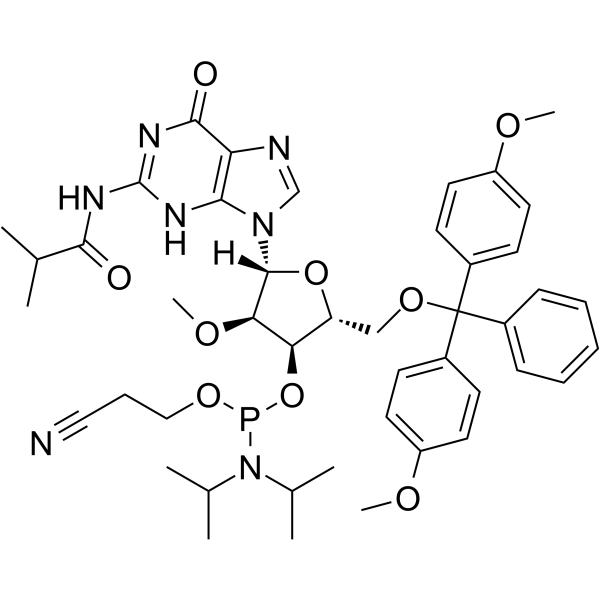
-
GC61756
2'-Deoxy-2'-fluorocytidine
2'-Deoxy-2'-fluorocytidine, an nucleoside analog, is a potent inhibitor of Crimean-Congo hemorrhagic fever virus (CCHFV) replication.
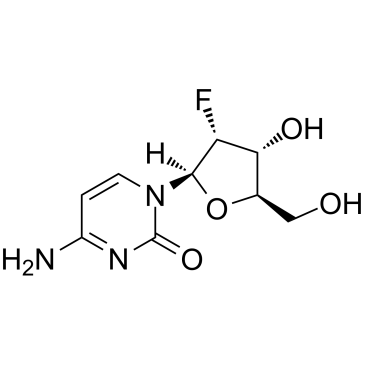
-
GC61824
2'-Deoxy-2'-fluorouridine
2'-Deoxy-2'-fluorouridine can be used as an intermediate for antiinfluenza virus agents synthesis.
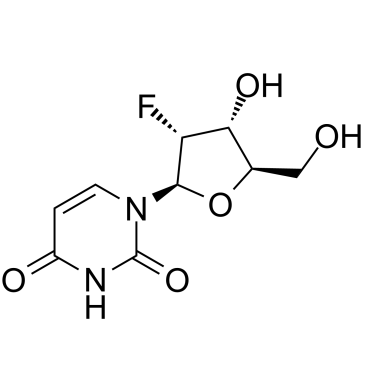
-
GC61929
2'-O-(2-Methoxyethyl)-cytidine
2'-O-(2-Methoxyethyl)-cytidine is a synthetic oligonucleotide conversed from uridine. 2'-O-(2-Methoxyethyl)-uridine has the potential for chemotherapeutic agents development.
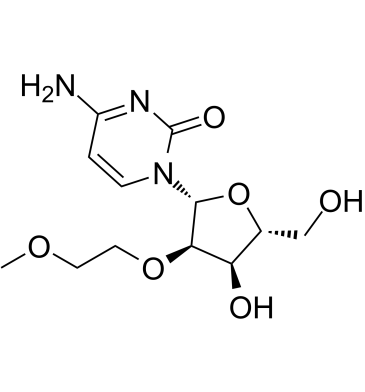
-
GC61671
2'-O-(2-Methoxyethyl)-uridine
2'-O-(2-Methoxyethyl)-uridine is a synthetic oligonucleotide conversed from uridine. 2'-O-(2-Methoxyethyl)-uridine has the potential for chemotherapeutic agents development.
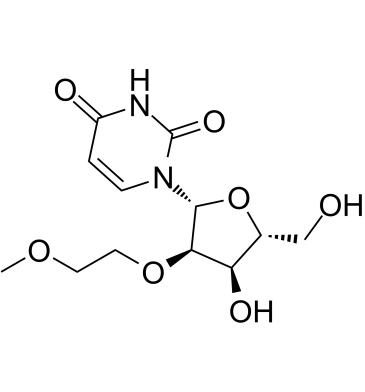
-
GC61922
2'-OMe-Ac-C Phosphoramidite
2'-OMe-Ac-C Phosphoramidite is a modified phosphoramidite and can be used for the oligonucleotide synthesis.
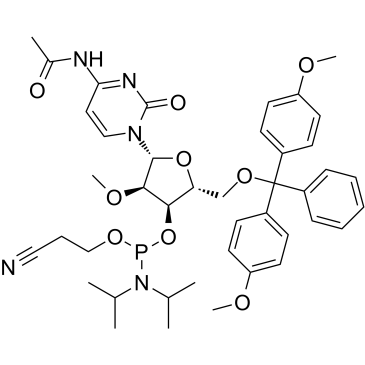
-
GC62764
2,2′-Dipyridyl disulfide
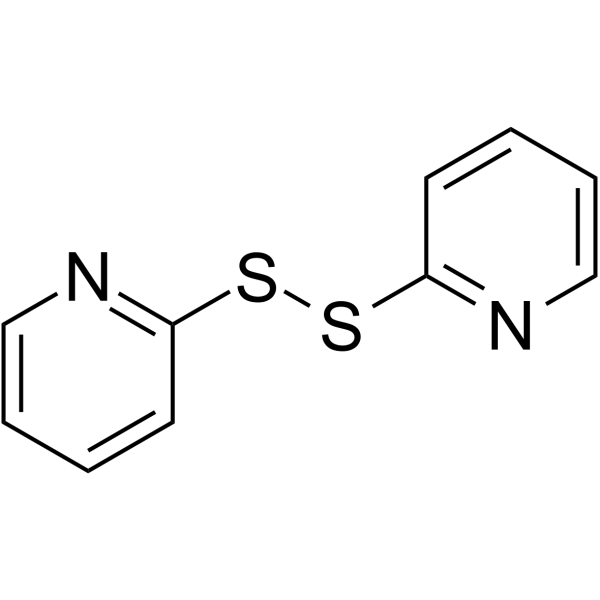
-
GC61754
2,2'-Bipyridine
2,2'-Bipyridine is the unique molecular scaffold of the bioactive natural products.
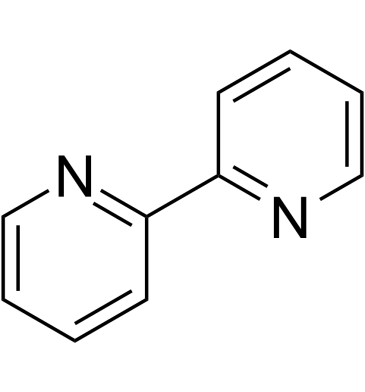
-
GC66487
2,3,4,6-Tetra-o-acetyl-alpha-galactosylpyranosyl bromide
2,3,4,6-Tetra-o-acetyl-alpha-galactosylpyranosyl bromide is an alkyl chain-based PROTAC linker that can be used in the synthesis of PROTACs.
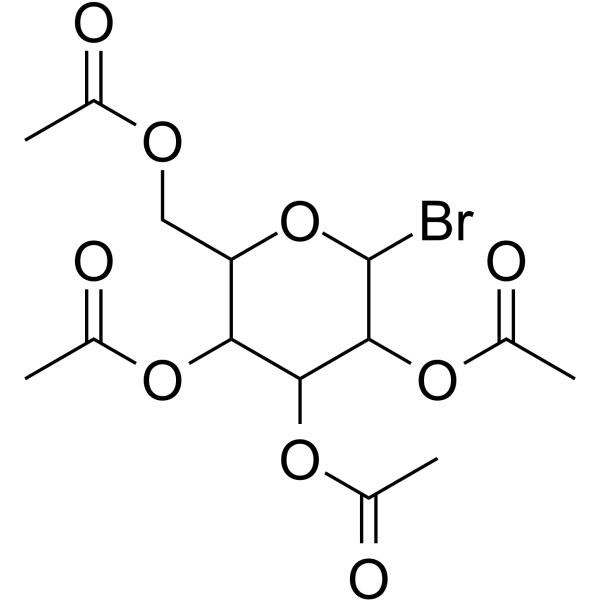
-
GC12258
2,3-DCPE hydrochloride
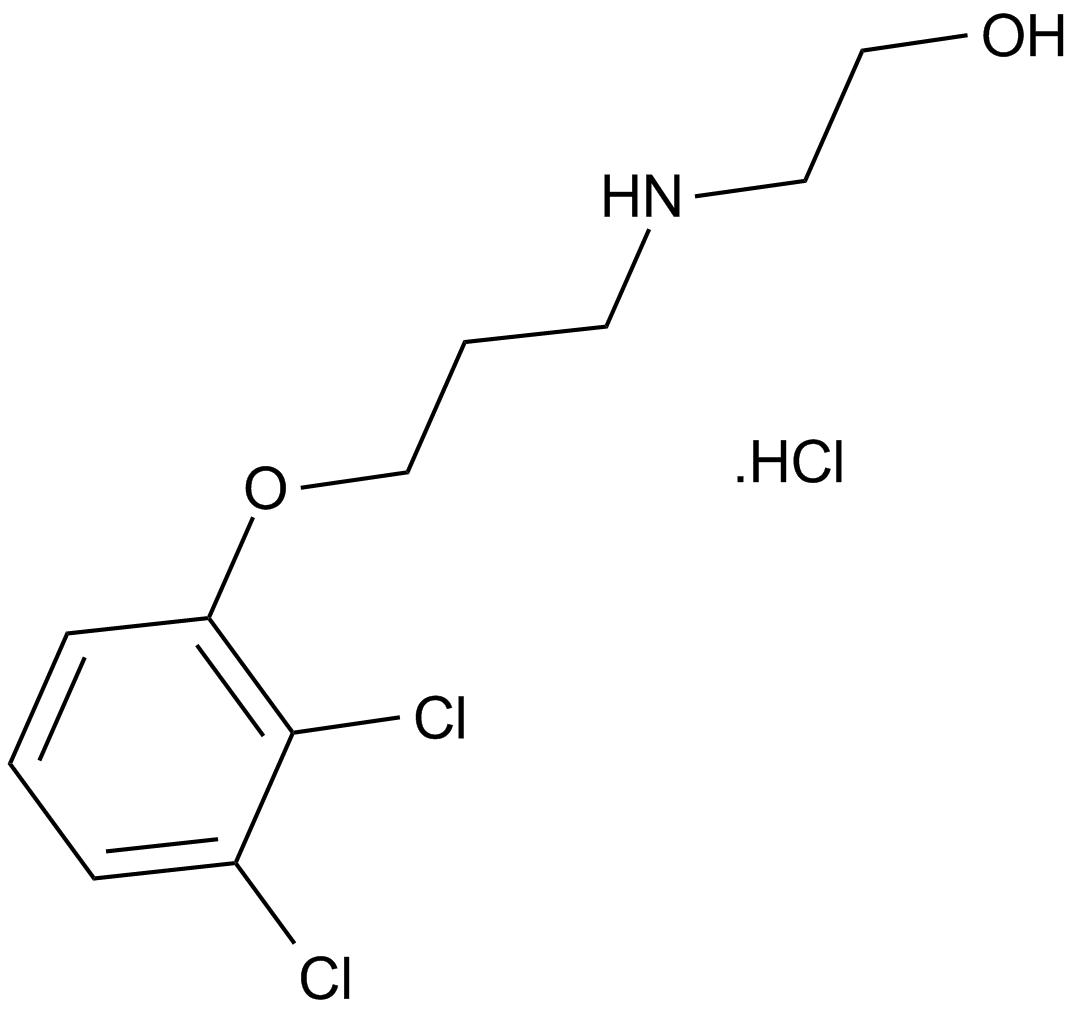
-
GC67743
2,3-Dihydroxyquinoxaline
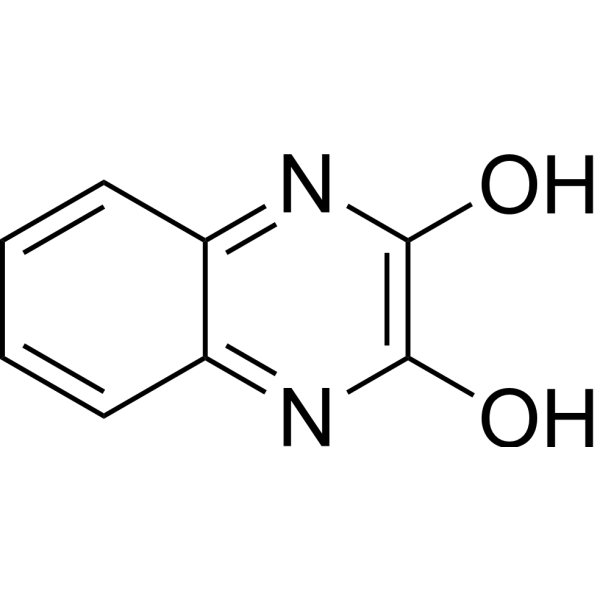
-
GC61921
2,3-Dimethyl-2,3-diphenylbutane
2,3-Dimethyl-2,3-diphenylbutane is one of the decomposition of Dicumylperoxide (DCP).
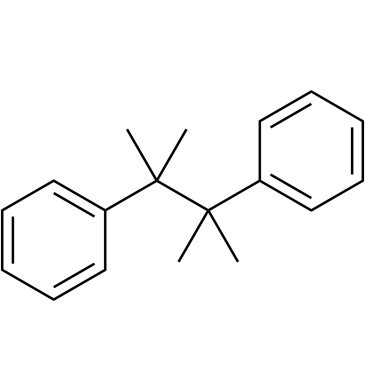
-
GC49671
2,3-Oxidosqualene
An intermediate in the biosynthesis of sterols

-
GC61923
2,3-Pentanedione
2,3-Pentanedione is a common constituent of synthetic flavorings and is used to impart a butter, strawberry, caramel, fruit, rum, or cheese flavor in beverages, ice cream, candy, baked goods, gelatins, and puddings.
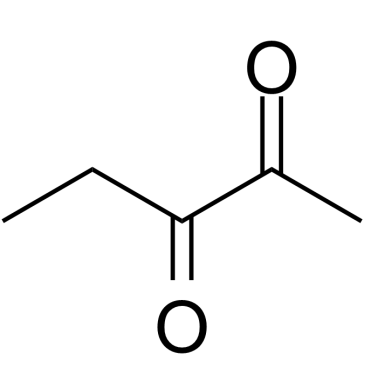
-
GC25006
2,4'-Dihydroxybenzophenone
2,4'-Dihydroxybenzophenone (DHBP) is an organic compound used for the synthesis of pharmaceutical agents.
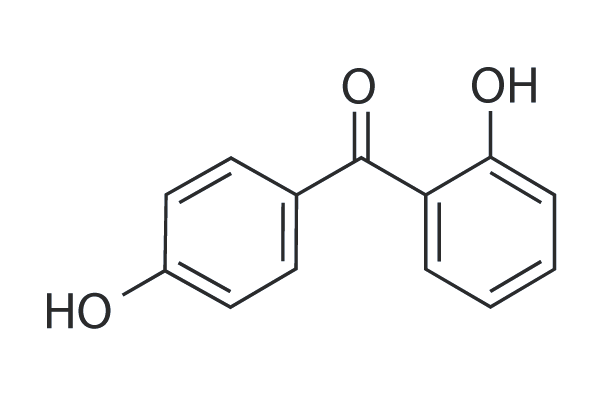
-
GC68044
2,4,6-Trihydroxybenzaldehyde
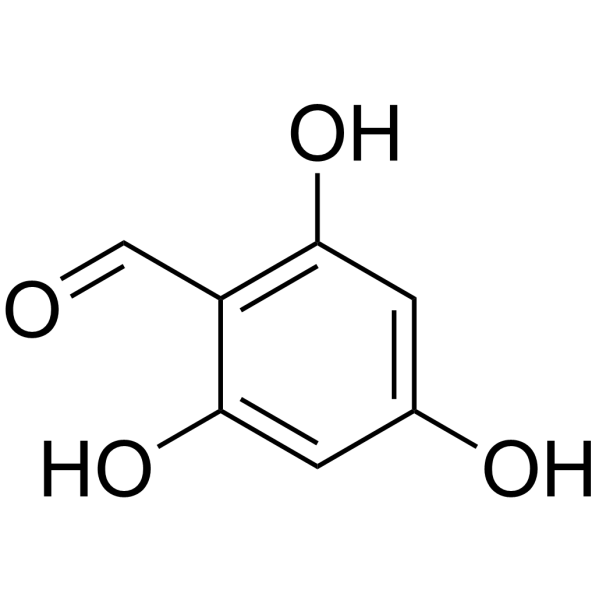
-
GC64399
2,4,6-Trihydroxybenzoic acid
2,4,6-Trihydroxybenzoic acid, the flavonoid metabolite, is a CDK inhibitor. 2,4,6-Trihydroxybenzoic acid can be used for the research of cancer.
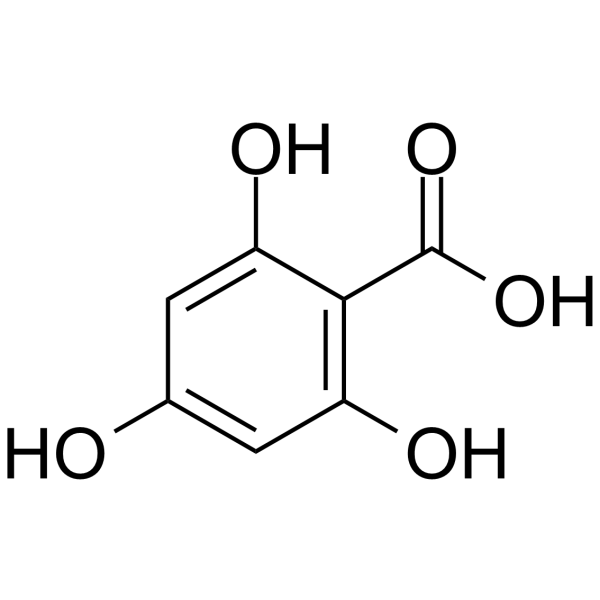
-
GC68452
2,4,6-Triiodophenol

-
GC68234
2,4-Difluorobenzaldehyde
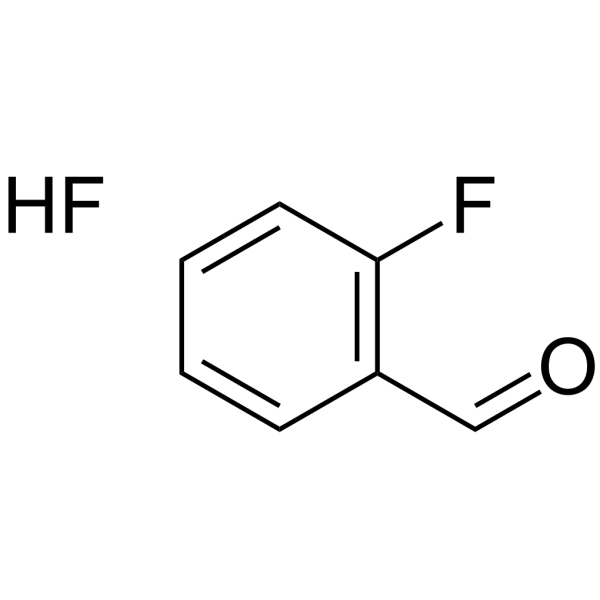
-
GC61836
2,4-Difluororesorcinol
2,4-Difluororesorcinol is a fluorinated building block.
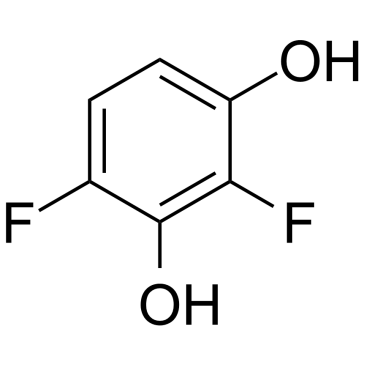
-
GC61702
2,4-Dimethoxybenzyl alcohol
2,4-Dimethoxybenzyl alcohol, an aromatic alcohol, is a substrate of glucose-methanol-choline (GMC) oxidoreductase.
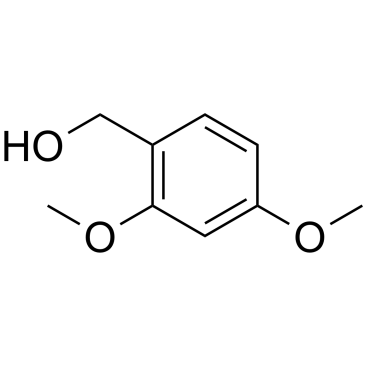
-
GC61656
2,6,6-Trimethylbicyclo[3.1.1]heptan-3-ol
2,6,6-Trimethylbicyclo[3.1.1]heptan-3-ol is isolated from Chrysanthemum indicum L.
![2,6,6-Trimethylbicyclo[3.1.1]heptan-3-ol Chemical Structure 2,6,6-Trimethylbicyclo[3.1.1]heptan-3-ol Chemical Structure](/media/struct/GC6/GC61656.png)
-
GC62233
2,6-Dichloro-N-(2-(cyclopropanecarboxamido)pyridin-4-yl)benzamide
GDC-046 is a potent, selective, and orally bioavailable TYK2 inhibitor with Kis of 4.8, 0.7, 0.7, and 0.4 nM for TYK2, JAK1, JAK2, and JAK3, respectively.
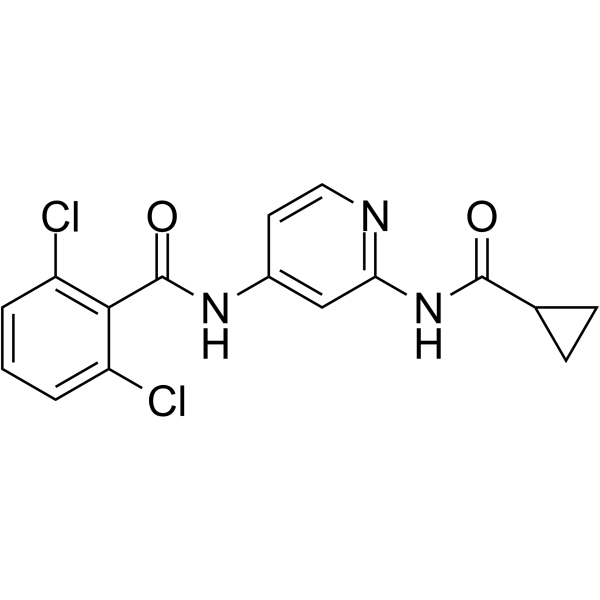
-
GC68132
2,6-Dichloroquinone-4-chloroimide
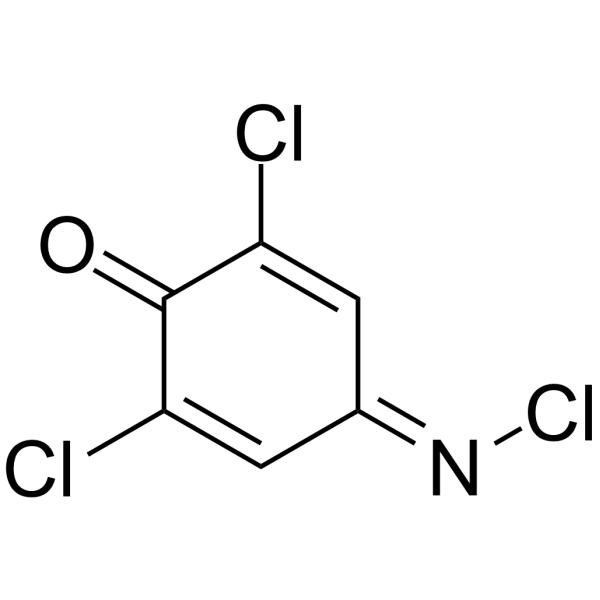
-
GC64627
2,6-Dimethoxy-1,4-benzoquinone
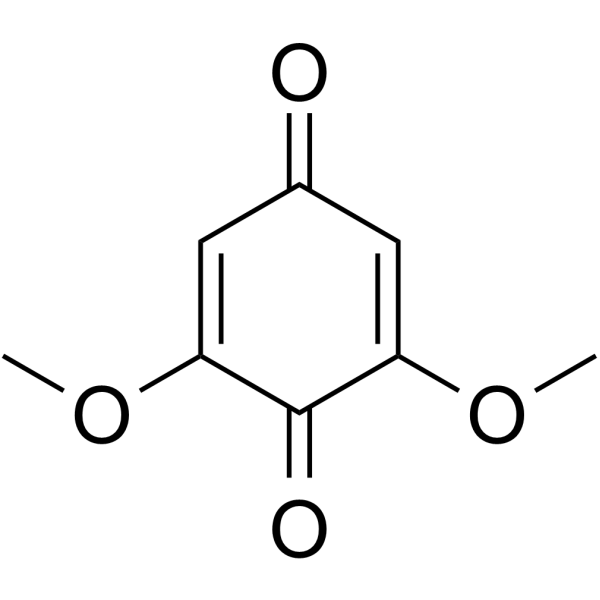
-
GC64411
2,6-Dimethoxyphenol
2,6-Dimethoxyphenol is a phenolic compound that is extensively used for the measurement of laccase activity.
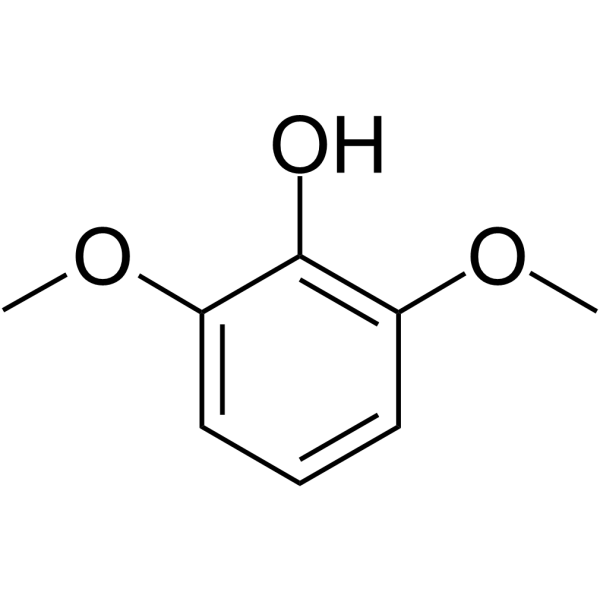
-
GC66679
2,6-Dimethyl-L-tyrosine
2,6-Dimethyl-L-tyrosine (Dmt) is a tyrosine derivative that enhances receptor affinity, functional bioactivity and in vivo analgesia of opioid peptides.
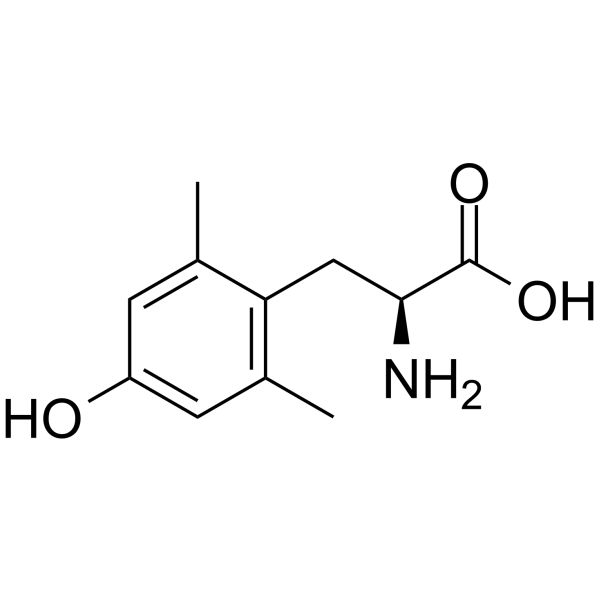
-
GC19682
2,6-Dimethylpyrazine
2,6-Dimethylpyrazine is a key aroma compound in Boletus edulis.

-
GC62766
2,6-Dioxo-1,2,3,6-tetrahydropyrimidine-4-carboxylic acid hydrate
2,6-Dioxo-1,2,3,6-tetrahydropyrimidine-4-carboxylic acid hydrate is an endogenous metabolite.
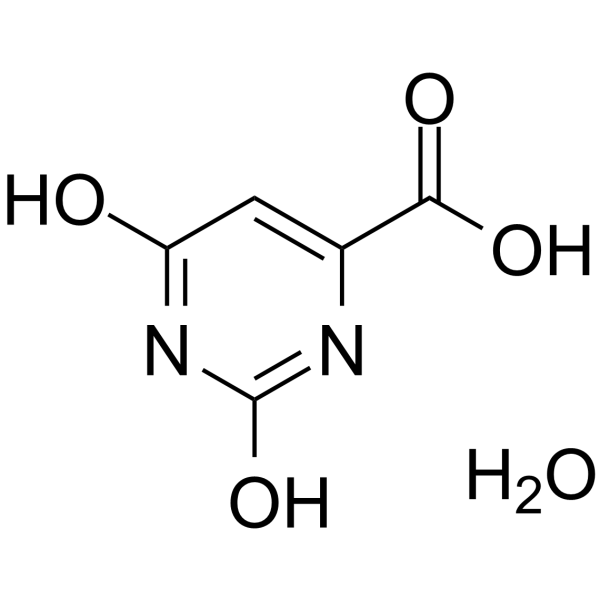
-
GC68512
2,7-Dichlorodihydrofluorescein
2,7-Dichlorodihydrofluorescein (DCFH2) is a non-fluorescent probe. 2,7-Dichlorodihydrofluorescein produces highly fluorescent 2',7'-dichlorofluorescein (DCF), which can be used for measuring reactive oxygen species.
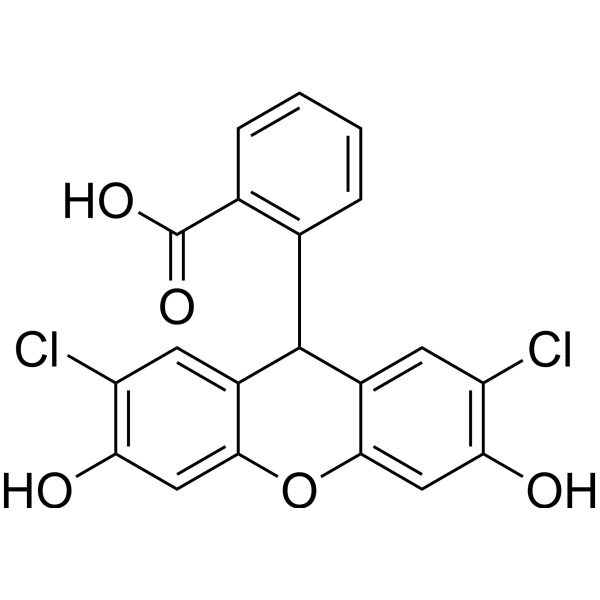
-
GC65461
2,8-Dihydroxyadenine
2,8-Dihydroxyadenine, an endogenous metabolite, can cause the formation of urinary crystals and kidney stones.
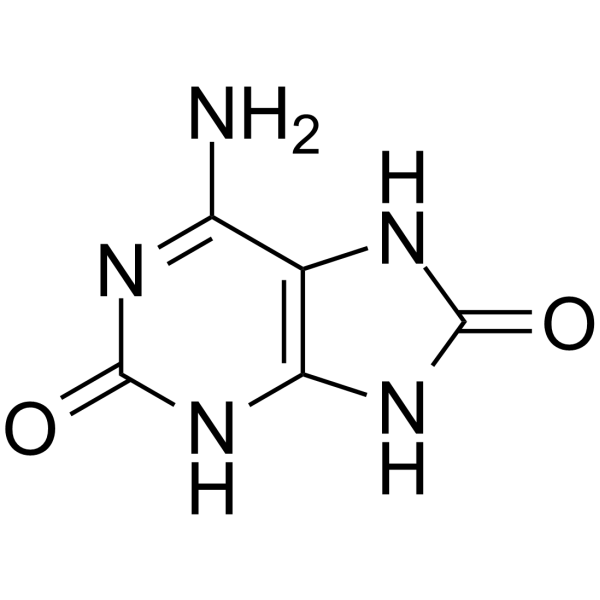
-
GC49159
2-(1-Piperazinyl)pyrimidine
An α2-AR antagonist and active metabolite of azapirones

-
GC62763
2-(2’,3’,4’-Trihydroxybutyl)quinoxaline
2-(2’,3’,4’-Trihydroxybutyl)quinoxaline is a food metabolite.
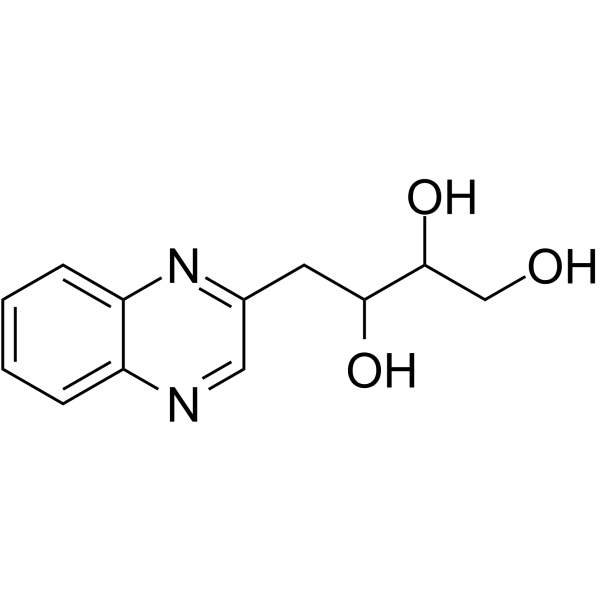
-
GC66721
2-(2-(6-chlorohexyloxy)ethoxy)ethanamine hydrochloride
2-(2-(6-chlorohexyloxy)ethoxy)ethanamine (hydrochloride) is a PEG-based PROTAC linker that can be used in the synthesis of PROTACs.
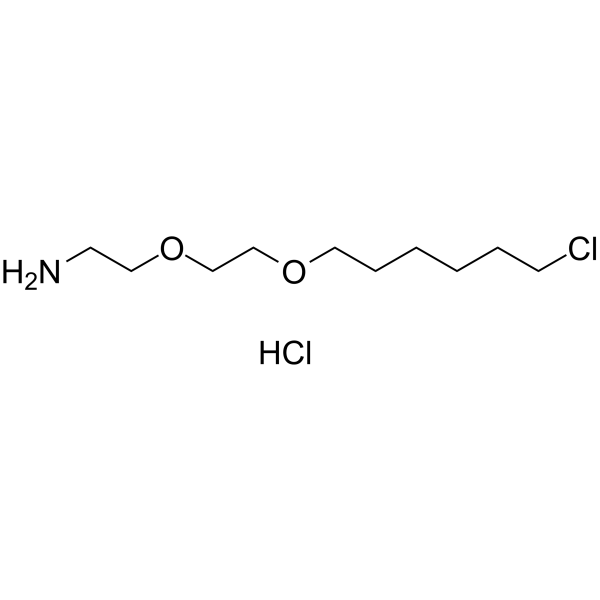
-
GC49330
2-(2-Aminoethyl)-3-(4-chlorophenyl)-3-hydroxyisoindol-1-one (hydrochloride)
A metabolite of mazindol

-
GC68504
2-(2-Methylbenzamido)acetic acid-d7
2-(2-Methylbenzamido)acetic acid-d7 is the deuterated form of 2-(2-Methylbenzamido)acetic acid. 2-(2-Methylbenzamido)acetic acid is a metabolite that can be detected in urine.
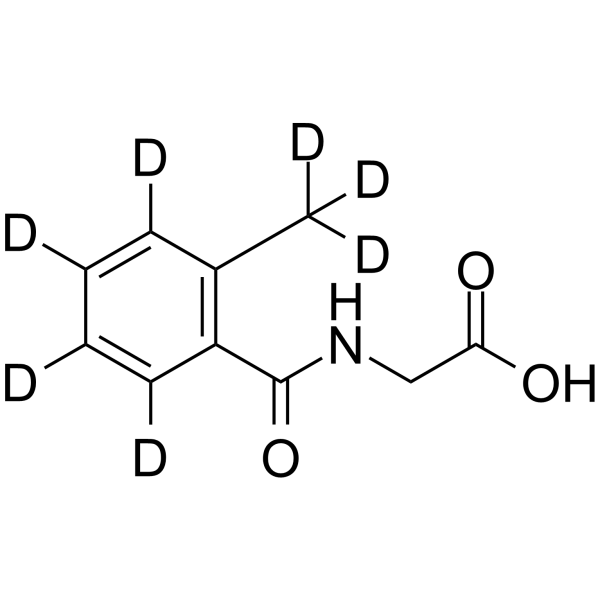
-
GC19560
2-(2-Phenylethyl)chromone
2-(2-Phenylethyl)chromone (Flidersiachromone) is one of 2-(2-phenylethyl)chromones that can be found in Chinese eaglewood from Aquilaria sinensis.
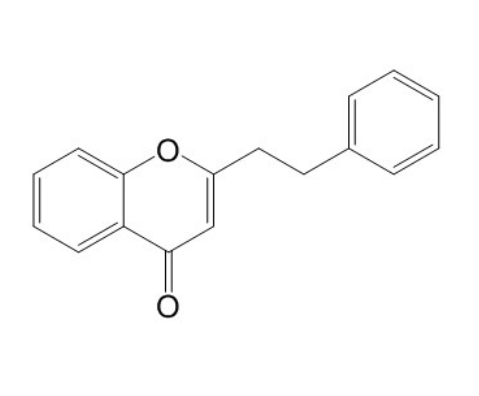
-
GC66678
2-(3-Trifluoromethylphenyl)glycine hydrochloride
2-(3-Trifluoromethylphenyl)glycine hydrochloride is a precursor of substituted 2-acetamido-5-aryl-l, 2,4-triazolones. Substituted 2-acetamido-5-aryl-l, 2,4-triazolones are dual V1a/V2 receptor antagonists and can be used in cardiovascular disease research.
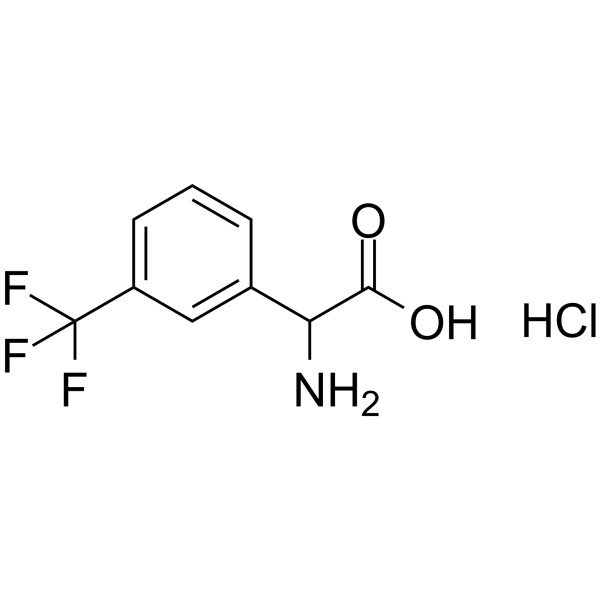
-
GC67619
2-(4-Biphenylyl)-5-phenyl-1,3,4-oxadiazole
2-(4-Biphenylyl)-5-phenyl-1,3,4-oxadiazole is a laser dyes with high photoluminescence (PL) quantum efficiency.
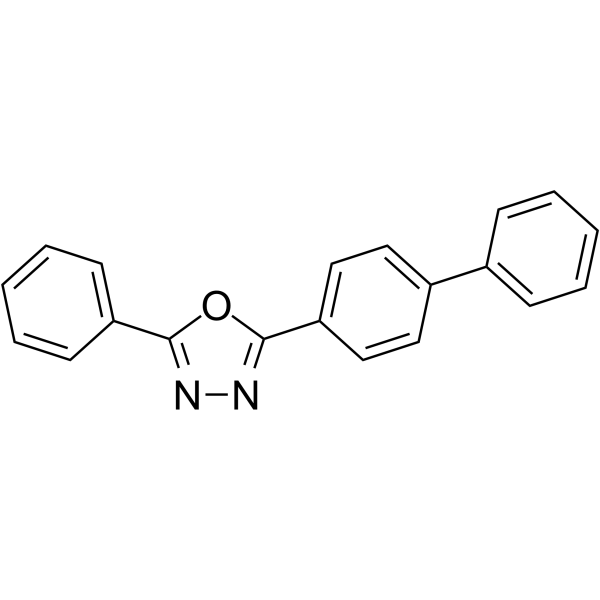
-
GC68093
2-(4-Chlorophenoxy)ethanol
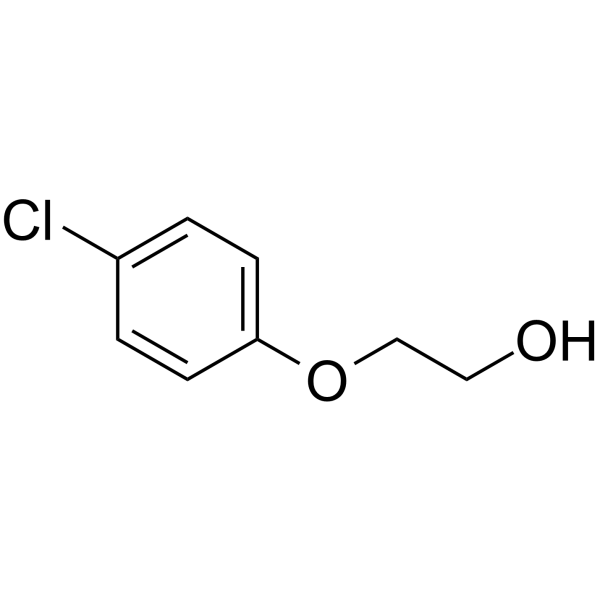
-
GC66595
2-(Azido-PEG2-amido)-1,3-propandiol
2-(Azido-PEG2-amido)-13-propandiol is a PEG-based PROTAC linker that can be used in the synthesis of PROTACs.
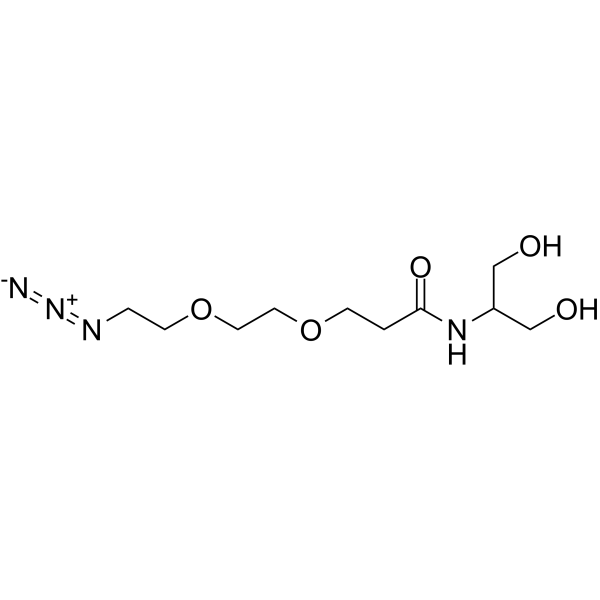
-
GC66746
2-(Azido-PEG3-amido)-1,3-bis(carboxylethoxy)propane
2-Azido-PEG3-amido-13-biscarboxylethoxypropane is a PEG-based PROTAC linker that can be used in the synthesis of PROTACs.
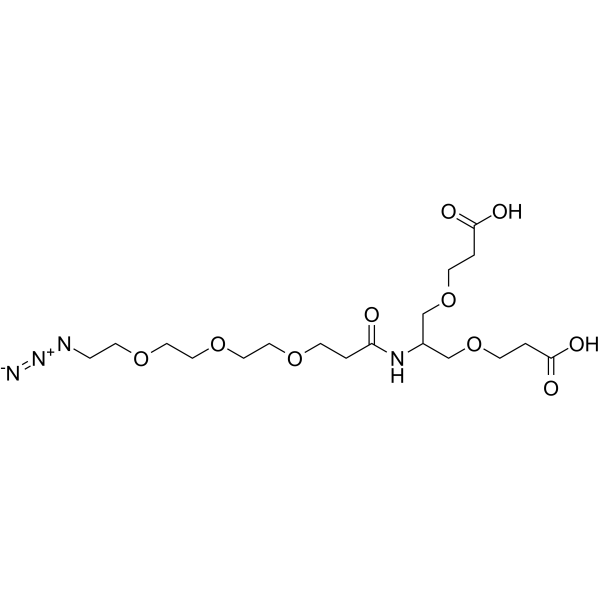
-
GC66548
2-(Azido-PEG3-amido)-1,3-bis(NHS ester)
2-(Azido-PEG3-amido)-1,3-bis(NHS ester) is a PEG-based PROTAC linker that can be used in the synthesis of PROTACs.
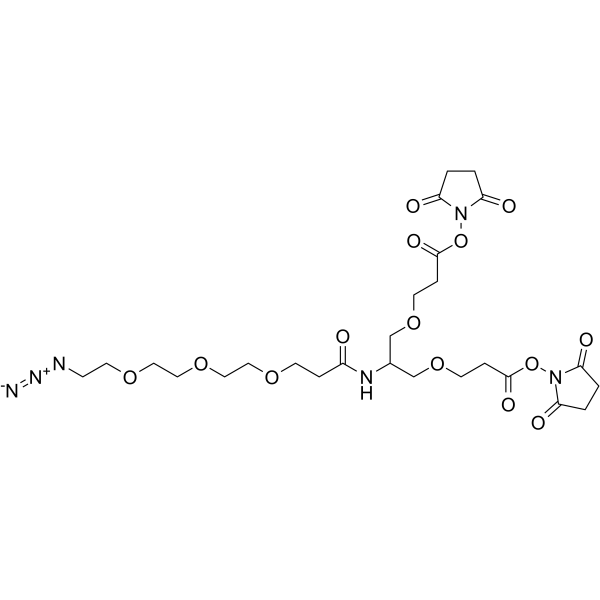
-
GC67303
2-(Biotin-amido)-1,3-bis-(C1-PEG1-acid)
2-(Biotin-amido)-13-bis(carboxylethoxy)propane is a PEG-based PROTAC linker that can be used in the synthesis of PROTACs.
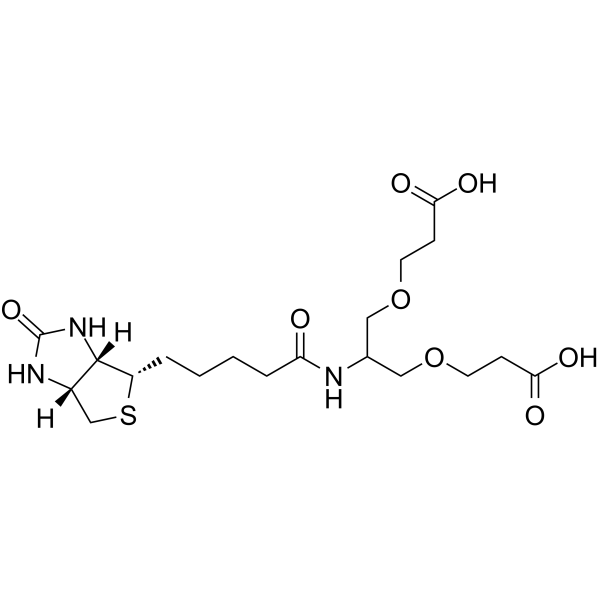
-
GC52152
2-(N-Methylperfluorooctanesulfonamido)acetic Acid

-
GC66326
2-(Naphthalen-1-yl)-5-phenyloxazole
2-(Naphthalen-1-yl)-5-phenyloxazole (α-NPO) is an organic fluorescent dye. 2-(Naphthalen-1-yl)-5-phenyloxazole has a nitrogen atom in its structure that can interfere with the nitrogen content from the amination step.
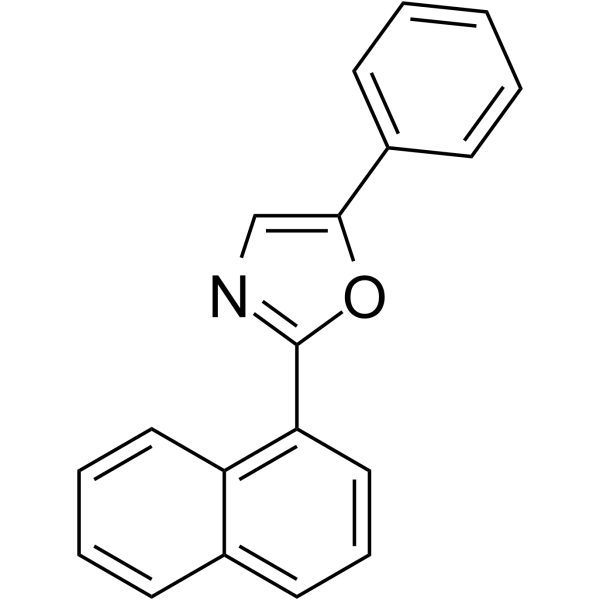
-
GC65414
2-(Tetradecylthio)acetic acid
2-Tetradecylthio acetic acid is a pan-peroxisome proliferator activated receptor (pan-PPAR) activator.
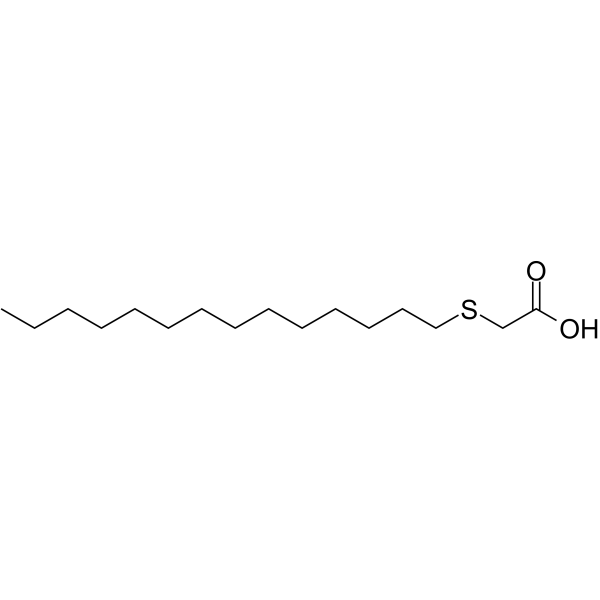
-
GC25008
2-Acetamidofluorene
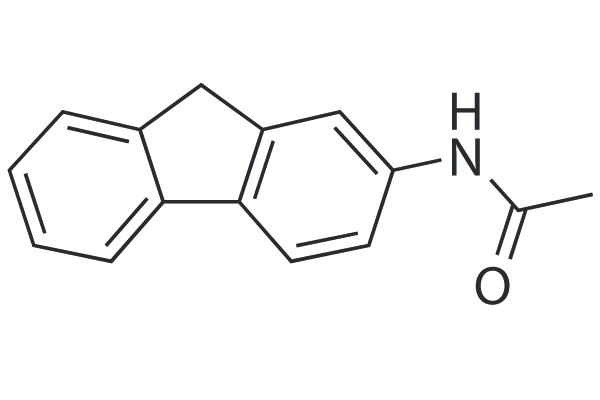
-
GC19645
2-Acetylfuran
2-Acetylfuran (2-Furyl methyl ketone), an important flavour compound or intermediate in foods, is isolated from essential oils, sweet corn products, fruits and flowers.

-
GC61710
2-Acetylpyrrole
2-Acetylpyrrole is a product of model browning systems, and has been isolated as a major flavour component of many foods.
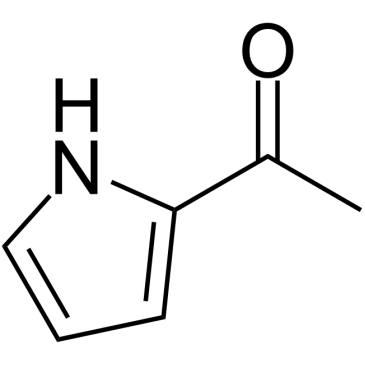
-
GC67087
2-Amino-1,3-bis(carboxylethoxy)propane
2-Amino-13-bis(carboxylethoxy)propane is a PEG-based PROTAC linker that can be used in the synthesis of PROTACs.
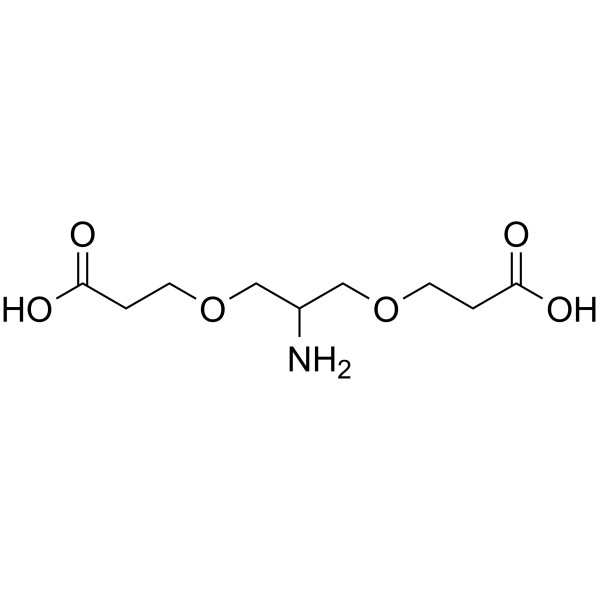
-
GC64983
2-Amino-2'-deoxyadenosine
2-Amino-2'-deoxyadenosine is a deoxyribonucleoside used for the oligonucleotide synthesis.
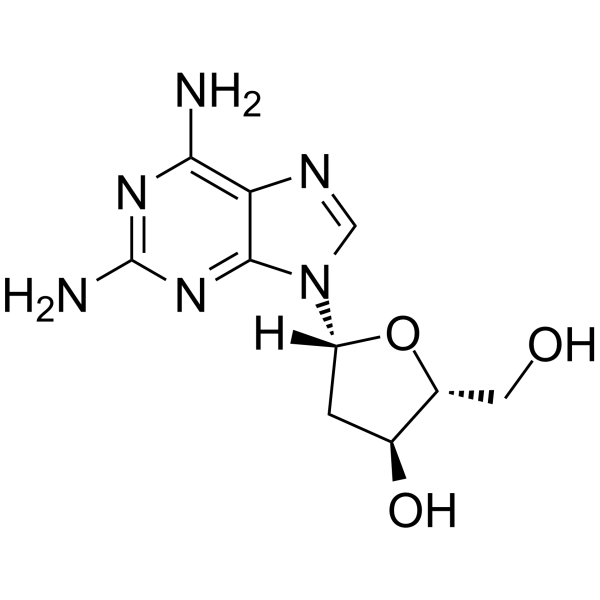
-
GC66717
2-Amino-2-(p-tolyl)acetic acid
2-Amino-2-(p-tolyl)acetic acid is used for optimizing azide skeleton, and is the intermediate in the synthesis of 1,3, 4-thiadiazole compounds. 1,3,4-thiadiazole compounds exhibit potential anti-cancer activity, and inhibit glutaminase (GLSI).
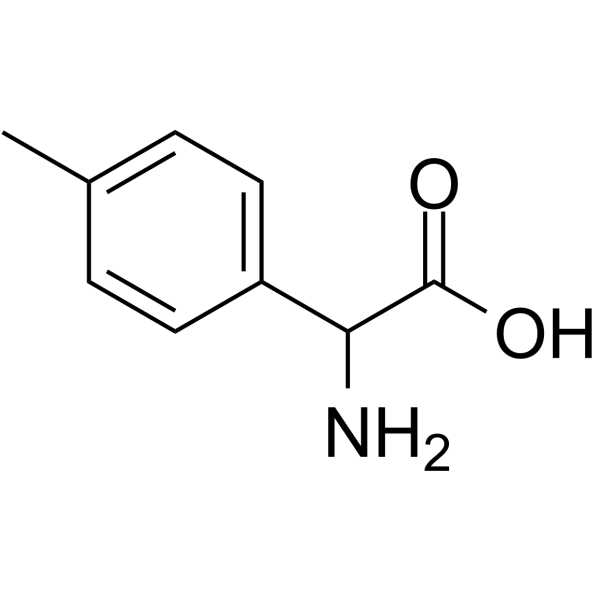
-
GC62768
2-Amino-2-deoxyglucose hydrochloride
2-Amino-2-deoxyglucose hydrochloride is a hexosamine hydrochloride can be used in the synthesis of cyclopropene-modified hexosamine derivative Ac4GlcNCyoc and Ac4GalNCyoc.
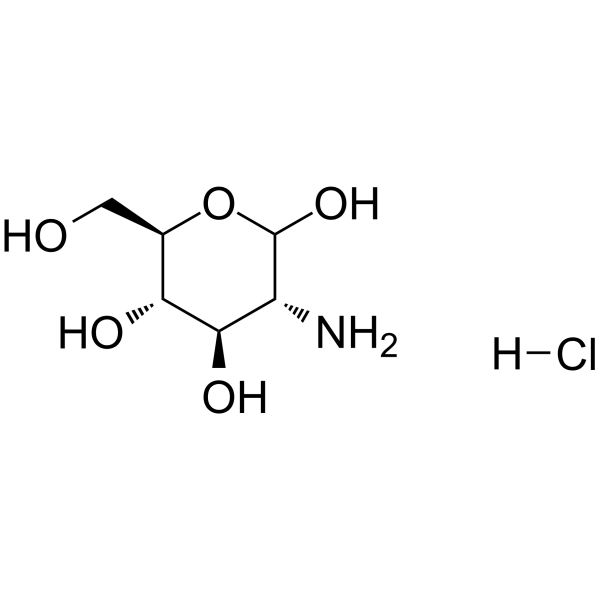
-
GC49362
2-Amino-3,8-dimethylimidazo-[4,5-f]-quinoxaline
A food-derived carcinogen
![2-Amino-3,8-dimethylimidazo-[4,5-f]-quinoxaline Chemical Structure 2-Amino-3,8-dimethylimidazo-[4,5-f]-quinoxaline Chemical Structure](/media/struct/GC4/GC49362.png)
-
GC62769
2-Amino-4-(2-aminophenyl)-4-oxobutanoic acid
2-Amino-4-(2-aminophenyl)-4-oxobutanoic acid is an endogenous metabolite.
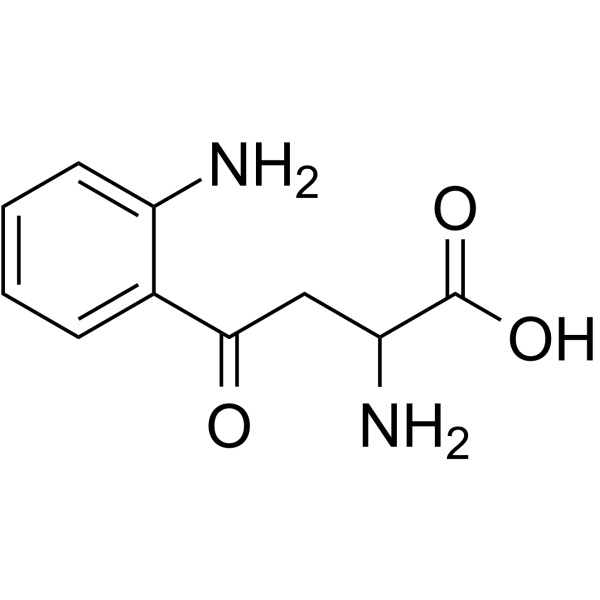
-
GC68195
2-Amino-5-methylthiophene-3-carbonitrile
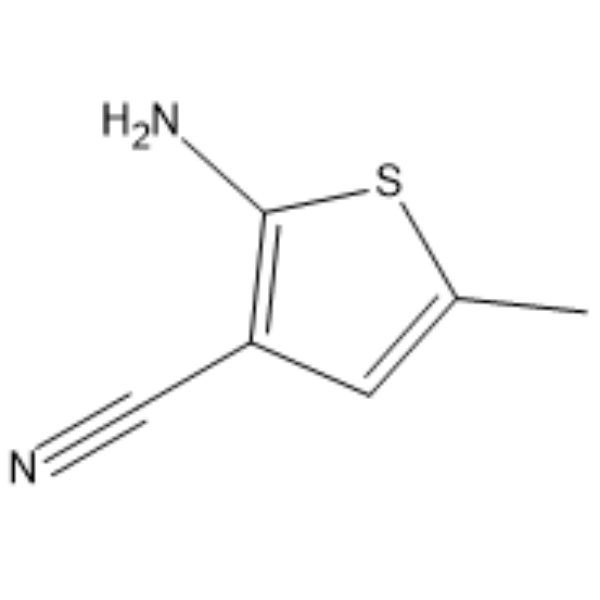
-
GC62770
2-Amino-5-ureidopentanoic acid
2-Amino-5-ureidopentanoic acid is an endogenous metabolite.
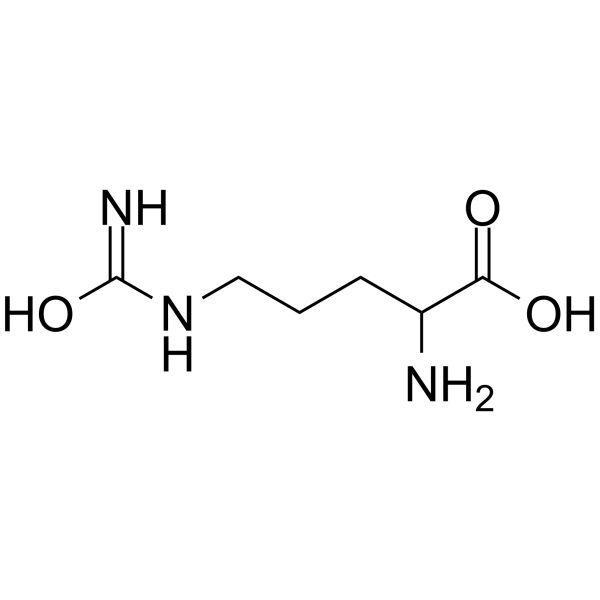
-
GC64803
2-Amino-8-oxononanoic acid hydrochloride
2-Amino-8-oxononanoic acid (hydrochloride) is the hydrochloride form of 2-Amino-8-oxononanoic acid.
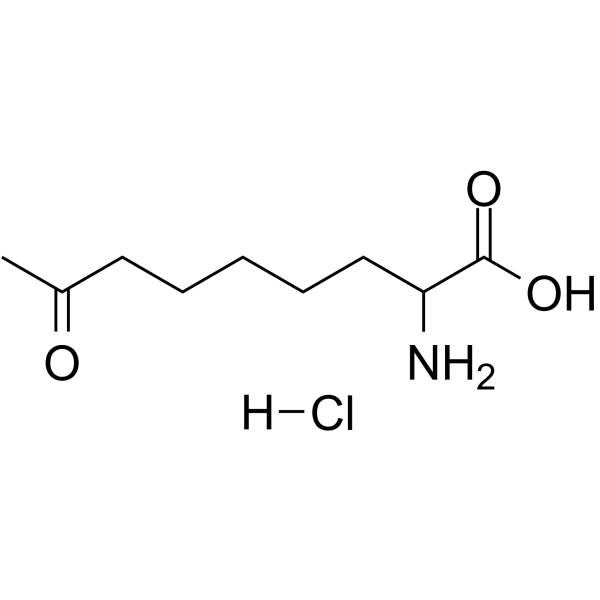
-
GC52029
2-Aminoflubendazole

-
GC61639
2-Aminoimidazole
2-Aminoimidazole is a potent antibiofilm agent that can be used as an adjuvant to antimicrobial.
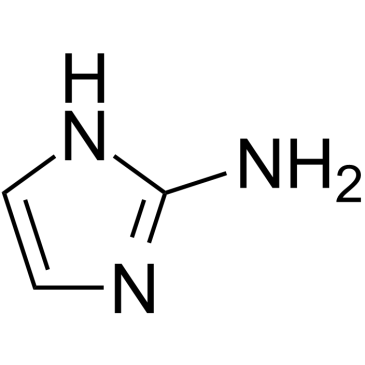
-
GC64739
2-Aminoquinoline
2-Aminoquinoline (2-Quinolinamine) is a promising compound as bioavailable nNOS inhibitor but suffers from low human nNOS inhibition, low selectivity versus human eNOS, and significant binding to other CNS targets.
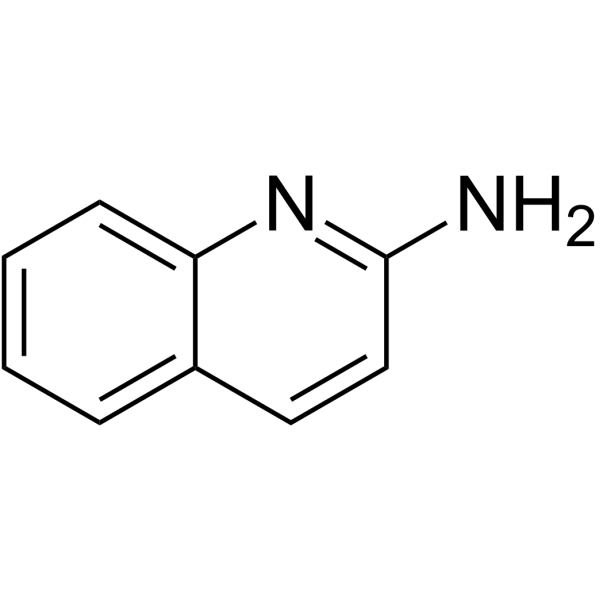
-
GC49481
2-Aminotetralin
A neuromodulatory agent

-
GN10065
2-Atractylenolide
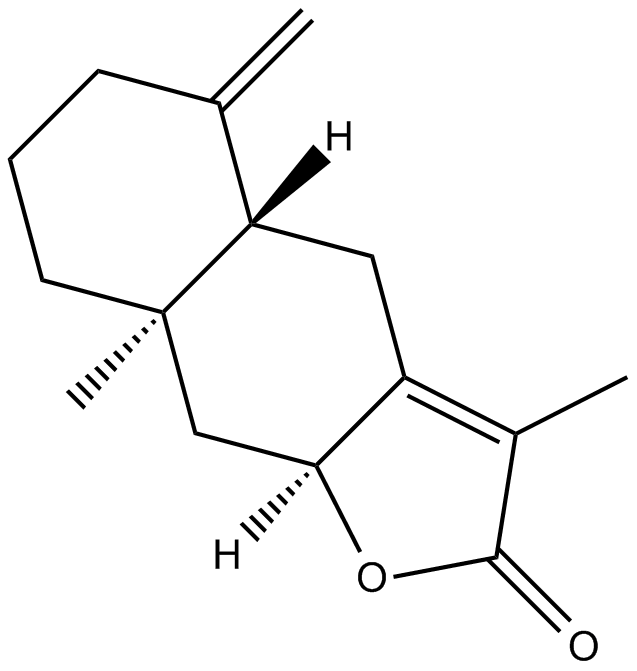
-
GC65868
2-Benzylbenzoic acid
2-Benzylbenzoic acid can be used for compound synthesis.
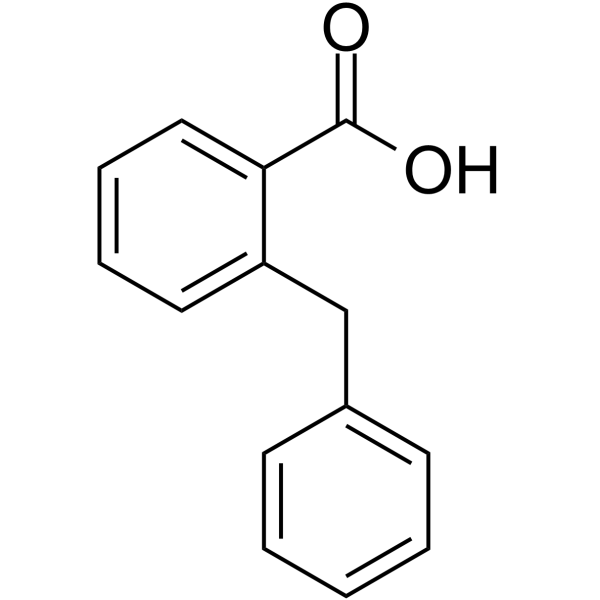
-
GC49609
2-bromo 17β-Estradiol
A synthetic steroid and inhibitor of estrogen 2-hydroxylase

-
GC66798
2-Bromo-2,2-dimethyl-acetamido-PEG3-acid
2-Bromo-22-dimethyl-acetamido-PEG3-acid is a PEG-based PROTAC linker that can be used in the synthesis of PROTACs.
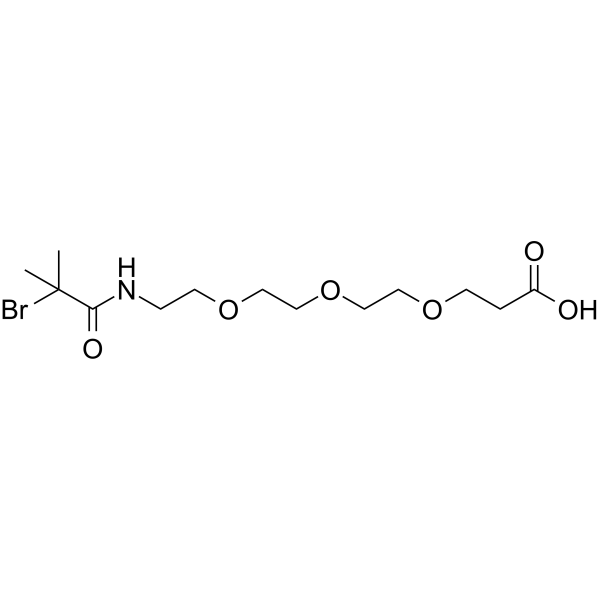
-
GC62771
2-Bromo-6-nitrophenol
2-Bromo-6-nitrophenol is converted via 2-bromo-6-aminophenol to N-acetyl-2-bromo-6-aminophenol.
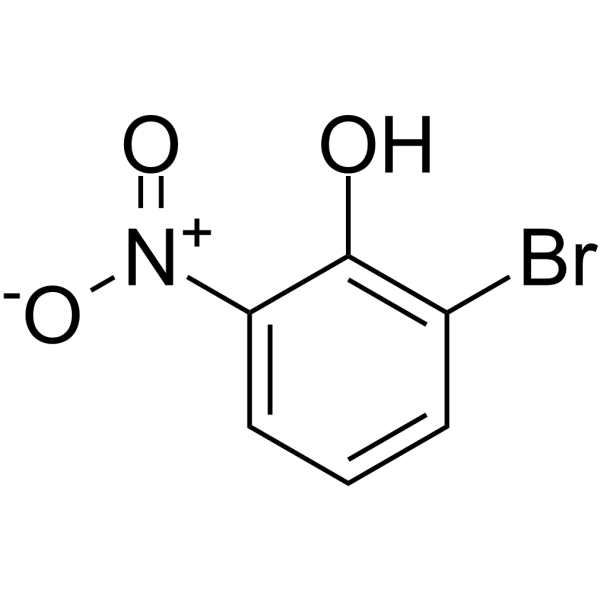
-
GC68160
2-Chloro-1,4-naphthoquinone
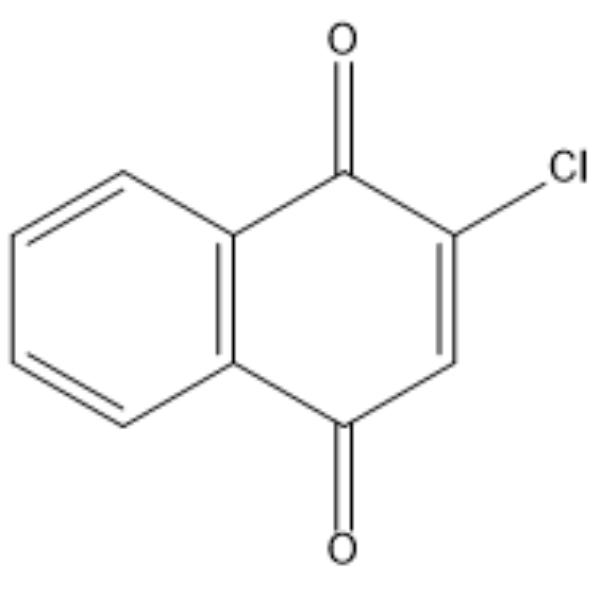
-
GC25009
2-Chloro-1-(4-fluorobenzyl)benzimidazole
2-Chloro-1-(4-fluorobenzyl)benzimidazole is an aldose reductase (ALR2) inhibitor which is used for preparation of disubstituted benzimidazole derivative.

-
GC49272
2-Chloro-4-nitrophenyl α-D-maltotrioside
A colorimetric α-amylase substrate

-
GC52141
2-Chloro-N-methyl-N-(4-nitrophenyl)acetamide

-
GC66257
2-Chloro-N6-furfuryladenine
2-Chloro-N6-furfuryladenine is a Kinetin riboside derivative.
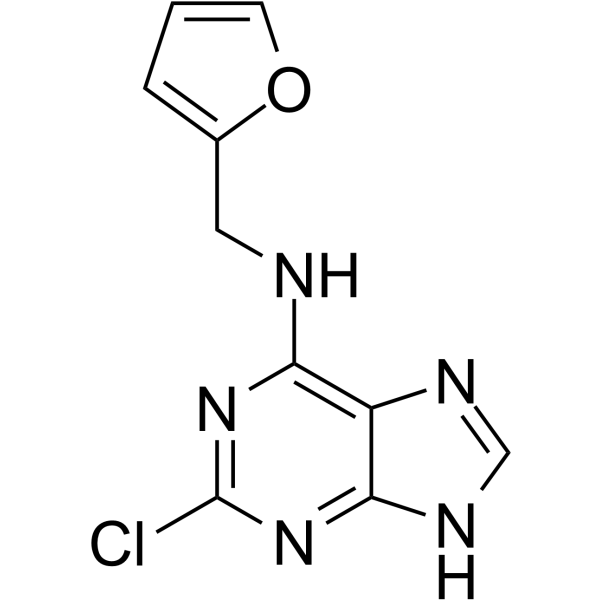
-
GC49718
2-Chloroadenosine 5-triphosphate (sodium salt)
An adenine nucleotide and ATP analog

-
GC48943
2-deoxy-2-fluoro-D-Glucose
A glucose derivative with anticancer activity

-
GC62773
2-Deoxy-D-glucose 6-phosphate disodium
2-Deoxy-D-glucose 6-phosphate disodium, a derivative of 2-Deoxy-D-glucose, is produced in mammalian cells by the action of hexokinase on 2-DG.
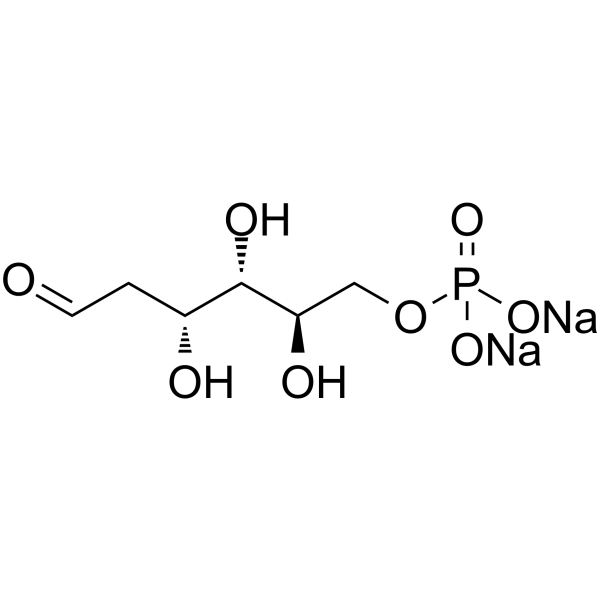
-
GC49223
2-deoxy-D-Glucose-13C6
An internal standard for the quantification of 2-deoxy-D-glucose

-
GC68513
2-Deoxy-D-glucose-d
2-Deoxy-D-glucose-d is the deuterated form of 2-Deoxy-D-glucose. 2-Deoxy-D-glucose is a glucose analogue and a glycolysis inhibitor that works by inhibiting hexokinase, an enzyme involved in glucose metabolism.
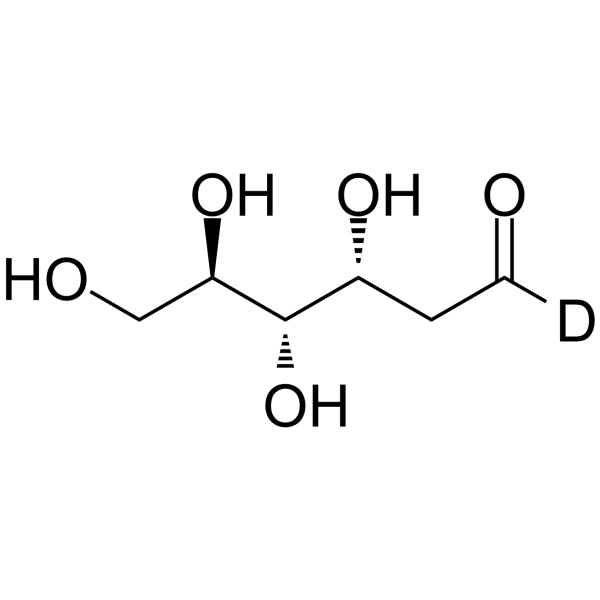
-
GC65021
2-Deoxyribose 5-phosphate disodium
2-Deoxyribose 5-phosphate disodium is a substrate of 2-deoxyribose-5-phosphate aldolase (DERA).
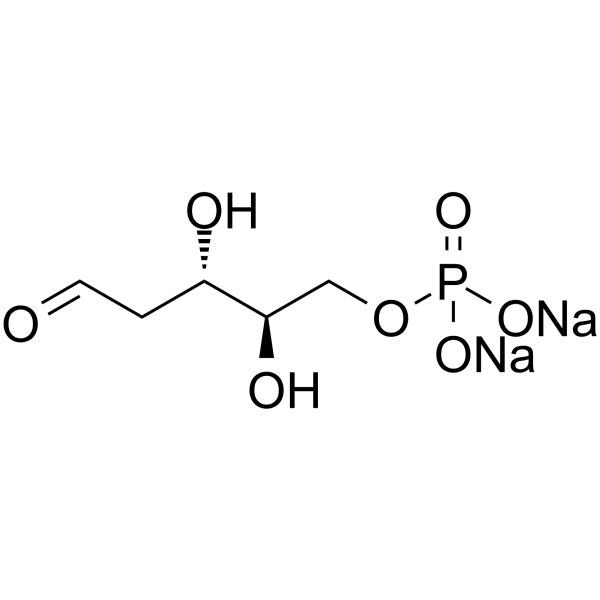
-
GC61672
2-Ethyl-6-methylphenol
2-Ethyl-6-methylphenol, an alkylphenol, is isolated form the tumorigenic neutral subfraction of cigarette smoke condensate.
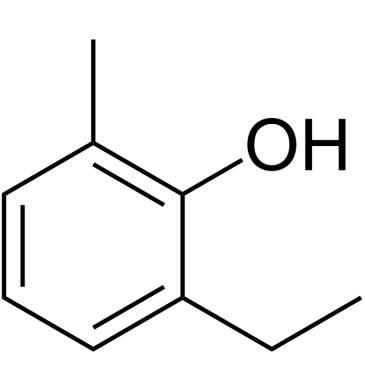
-
GC61901
2-Heptanol
2-Heptanol is one of chemical constituents identified in the essential oil of rhizome of Curcuma angustifolia and Curcuma zedoaria.
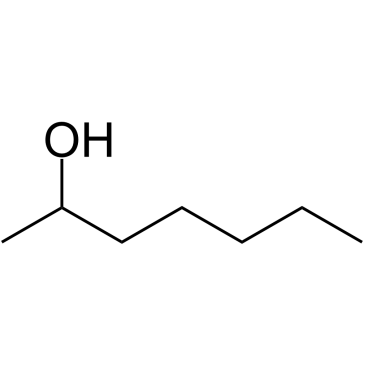
-
GC64054
2-Hexyldecanoic acid
2-hexyldecanoic acid can be used as an amidating agent .
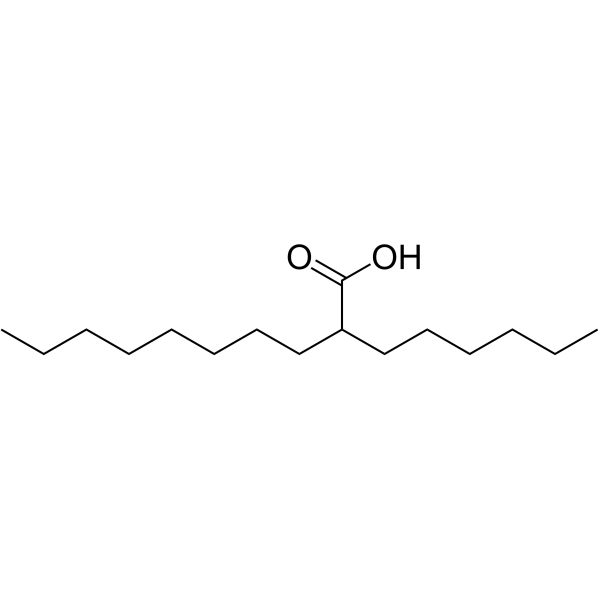
-
GC49172
2-hydroxy Estrone
An active metabolite of estrone

-
GC66412
2-Hydroxy-1-methoxyanthraquinone
2-Hydroxy-1-methoxyanthraquinone could be isolated from the stem bark of Morinda lucida Benth. (Rubiaceae) and possesses antibacterial activity.
